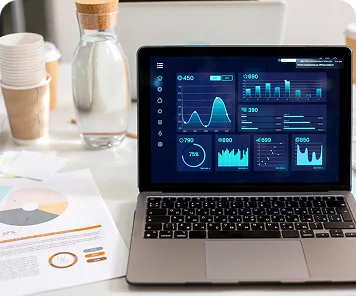Cloud Powered,
Data Driven & Future Ready!
Seamless, interconnected solutions for unparalleled digital transformation.

Empowering Industries with Data-Driven Solutions
OUR SERVICES
Personalized Solutions Crafted to Meet Your Business Needs
We deliver custom-fit solutions and strategic plans to accelerate your business growth in the competitive digital landscape.
EXPERTISE
Where Innovation Meets Great IT Tools
As a data visualization company driven by results, we leverage technologies well suited for better scaled and efficient, insight driven solutions.


ABOUT US
Turning Data Into Stories That Deliver Results
At Dream IT, we focus on performance improvement through leading-edge IT and data visualization consulting services. Whether managing your organization cloud data or being involved with your digital marketing actions, we help organizations throw out the guesswork and provide you with insight driven and operationally excellent decisions.
Increase Performance: Achieve time saving workflows catered to your organizational buying habits.
Increase Revenue: Make good sustainable data-driven decisions that immediately affect your bottom line.
Increase Growth: Create strategic differentiations through great data visualizations and predictive analysis.
TESTIMONIAL
What Clients Say About Us
BLOGS















